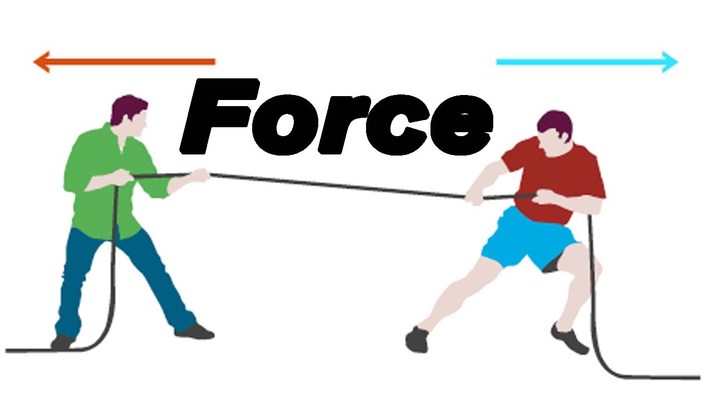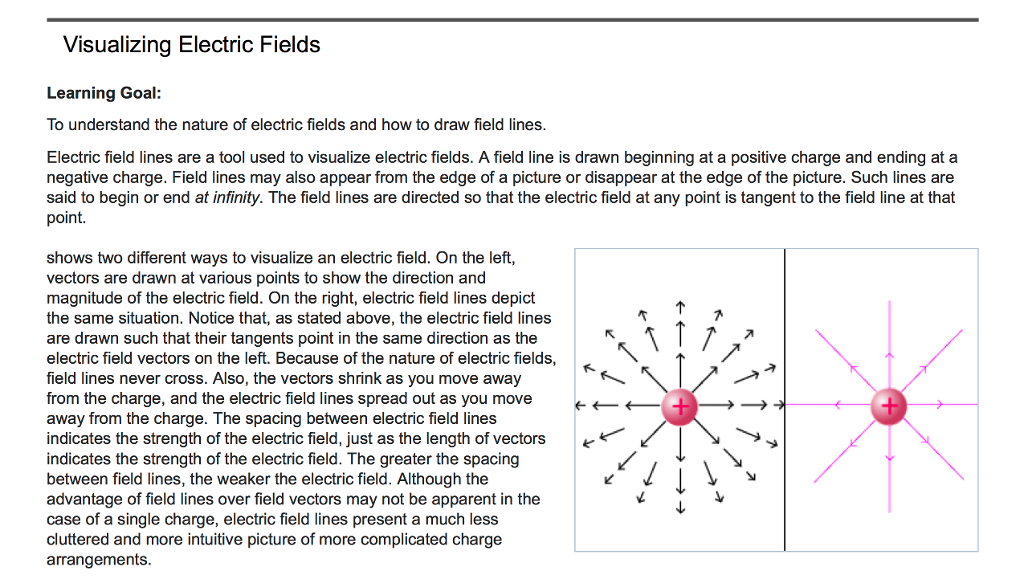
Applying Newton's second law to the bottom block we have: F−( M+ m) g μ k− F top = Ma. By Newton's second law, the force exerted on the top block due to contact with the bottom block is F top = ma, where a is the acceleration of the blocks. The maximum pull force corresponds to the maximum acceleration that the blocks can experience without the top block slipping off the bottom block. The blocks begin sliding when the force F is just large enough to overcome the static friction between the bottom block and floor. From this equation we can solve for θ, and this is the maximum angle θ for μ s1 > μ s2, for which there is no sliding.Īnswer: For μ s1 ≤ μ s2, θ ≤ atan( μ s1). The equation for static equilibrium along the plane of the incline is: ( M+ m) gsin θ− Mgcos θ μ s2− mgcos θ μ s1 = 0. Since the blocks move together we can analyze them as one unit. The limiting case is when this is on the brink of happening, and the static friction is at its limit for both blocks. Therefore, for μ s1 ≤ μ s2, θ ≤ atan( μ s1), for no sliding.Ĭase 2: If μ s1 > μ s2 then sliding occurs only if the blocks slide down together, with the larger block pushing against the smaller block in front. The maximum angle θ can be solved from this.Ĭase 1: If μ s1 ≤ μ s2 then the limiting case for no sliding occurs when θ = θ max (where θ max = atan( μ s1), using the solution in Problem # 7). This is the maximum angle θ and occurs when F 1 = F 2. At some angle θ the block will be on the verge of sliding. The maximum friction force opposing the sliding is F 2 = Mgcos θ μ s. The force of gravity pulling down on the block is F 1 = Mgsin θ. Hints And Answers For Force Problems Hint and answer for Problem # 7 The hints and answers for these force problems will be given next. What is the minimum pull force F on the bottom block so that the blocks begin to move? Given that the coefficient of kinetic friction between the bottom block and the floor is μ k, what is the maximum pull force F so that there is no slipping between the blocks? The coefficient of static friction between the blocks is μ s1, and the coefficient of static friction between the bottom block and the floor is μ s2. The bottom block is sitting on a horizontal floor. What is the minimum push force F so that the blocks begin to move? Answer: F min = Mg μ s2+ mg μ s1 Problem # 10Ī block of mass m is sitting on a block of mass M. The coefficient of static friction between the smaller block and the floor is μ s1, and the coefficient of static friction between the larger block and the floor is μ s2. Two blocks of mass M and m are sitting on a horizontal floor. Formulate a mathematical inequality for the condition that no sliding occurs. The coefficient of static friction between the smaller block and the surface is μ s1, and the coefficient of static friction between the larger block and the surface is μ s2. Two blocks of mass M and m are sitting on a surface inclined at angle θ. Given that the coefficient of static friction is μ s between block and surface, what is the maximum angle θ so that the block doesn't slide? What is the normal force N between the block and floor? Answer: N = W Problem # 7Ī block of mass M is sitting on a surface inclined at angle θ. Answer: F = Mg μ k Problem # 6Ī block is lying on a horizontal floor. The coefficient of kinetic friction is μ k, between block and floor. Answer: F = Mg μ k/(cos θ− μ ksin θ)Ī block of mass M is being pulled at constant velocity on a horizontal floor with a force F. Answer: F = Mg μ k/(cos θ+ μ ksin θ)Ī block of mass M is being pushed at constant velocity on a horizontal floor with a force F, at angle θ as shown.

What is the tension in the three strings? Answer: Bottom string tension is mg, right string tension is mg/(sin α+cos αtan θ), left string tension is mg/(sin θ+cos θtan α)Ī block of mass M is being pulled at constant velocity on a horizontal floor with a force F, at angle θ as shown.

What is the tension in the string? Answer: mg/cos θ Problem # 2Ī block of mass m is hanging off the ceiling using three strings, as shown. The string makes an angle θ with the wall. The required equations and background reading to solve these problems are given on the friction page, the equilibrium page, and Newton's second law page.Ī ball of mass m is hanging on a wall with a string, as shown. On this page I put together a collection of force problems to help you understand forces better.


 0 kommentar(er)
0 kommentar(er)
